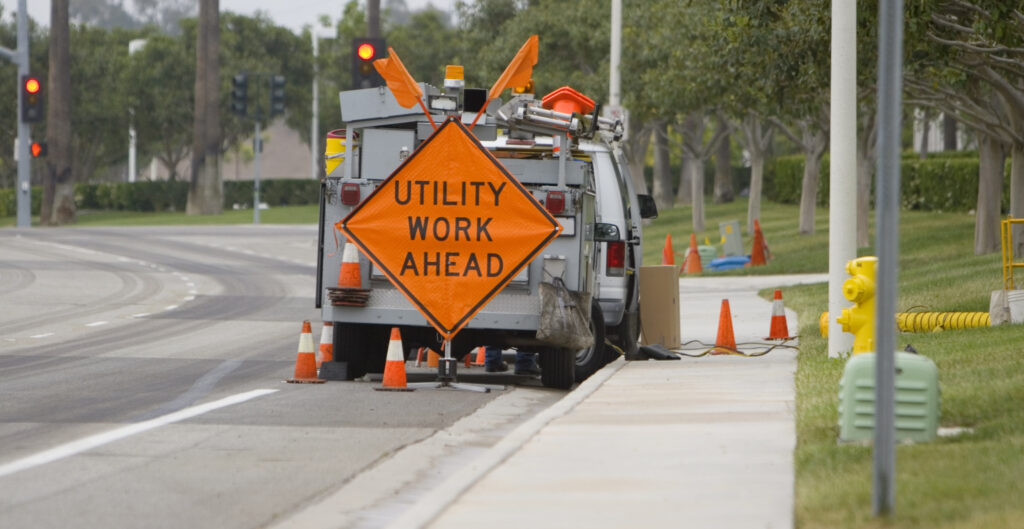11 tips to create better work truck spec’s
Buying a vocational truck can be a bigger challenge than sourcing an out-of-the-box on-highway unit. The equipment typically requires some up-fitting to adapt it to the application.
Some of the trucks are even one-of-a-kind.
Christopher Lyon director – fleet relations at NTEA, an association representing the work truck industry, recommends several steps to building better vehicle specifications.

1. Define every layer of specification
Vehicle spec’s look beyond simple measures of gross vehicle weights. Performance specifications will look at how the product will support the mission, offering the builder some latitude in meeting the end result.
Proprietary specifications, meanwhile, focus on characteristics that might only be available through a single supplier – and that will feed the sole-source justification to help spec’ writers avoid concerns about vendor bias. Then there are the engineering spec’s that highlight materials and share CAD drawings.
2. Justify your sole sources
“It’s important to make sure your specification does not artificially exclude a vendor or artificially include a specification that’s only exclusive to a single vendor,” Lyon said during an online presentation for the Work Truck Show.
“If there are credible reasons to exclude specific vendors, it’s important to document these valid reasons and make sure your procurement team – as well as your management team understands,” he adds. “If there’s a single vendor, you should really prepare a sole-source justification statement.”
3. Ensure your spec’s evolve
Purchasing teams might tend to dust off the same work truck specifications time and again. It falls in line with the thinking: “If it ain’t broke, don’t fix it.” But technologies change. The spec’s should evolve as well.
“Often times we just dust off what we bought 10 years ago. See if there’s any updates and move forward from there,” Lyon says.

4. Identify all the players in the spec’ing process
Everyone who touches a work truck has a role to play in the spec’ing process. And it’s a long list, including vehicle users, suppliers, data sources, truck dealers, up-fitters, and fleet managers.
Identify where the spec’ writer will reside within that chain, he adds.
5. Tap into available and trusted data
“Data is one of the most important issues in your specification system,” Lyon says. “Quality data can help you develop a quality product.”
Drive cycles will define how the vehicles themselves are used, and will be anchored in information about things like average and maximum road speeds, idle time, and exported power. Duty cycles, meanwhile, will help define how much and how often the vehicles are used, based on data such as hours of user per day and the total miles to be driven.
Just remember that drive cycles and duty cycles can vary by season or a changing core use, he says.
6. Don’t lose sight of the big picture
Take a step back to consider any changes in the way the equipment is used, looking at customer needs and the history of existing equipment, complete with a hard look at the total cost of ownership.
Suppliers will be able to identify technical upgrades that have emerged since the last unit was purchased, too.
“Did our core mission change? What about emerging technologies? Are they a good fit?” he asks. “Technology is always advancing – whether it’s on a vehicle or mounted piece of equipment.”
7. Collect user feedback
“Don’t be afraid to rate your current equipment. Poll your users,” Lyon says. “They’re the ones on the front lines.”
Admittedly, it can be a slippery slope if purchasing teams are not careful to define the difference between wants and needs. But a true understanding of the work truck’s mission will help to control costs and meet future needs.
8. Begin by looking beyond the chassis
Work truck purchasing teams might tend to begin looking at a chassis, but Lyon recommends looking first at the truck body and equipment, and then matching that to the chassis.
“This is counter-intuitive,” he admits. “But before a chassis can be designed, the variables of what that chassis has to carry and power must be defined.”

9. Target the extremes
The greatest wear and tear will emerge when a work truck is pushed to the limits.
“A good rule of thumb is to design for 90% of the extremes,” Lyon says. “Having an undersized vehicle will often increase wear and tear, reduce your vehicle life, and increase maintenance costs.”
Just keep in mind that there are also pitfalls to oversized vehicles. A “bigger-is-better mentality” can lead to higher production and operational costs alike.
“Watch out for weight,” he adds.
A close look at the work truck’s tools could help to minimize duplicated and redundant equipment that merely adds unwanted pounds. Even the additional space could silently encourage users to load more cargo on board.
10. Stay true to your ethics
After the spec’s are reviewed by every stakeholder, Lyon stresses the importance of making ethical decisions. The Code of Ethics developed by the American Purchasing Society is a place to start.
That means maintaining loyalty to employers, buying without prejudice from suppliers who offer value, avoiding conflicts of interest, and insisting on honesty from suppliers.
11. Protect your business
“Well-written procurement contracts also contain protections for the organization,” Lyon says.
Those protections include penalties for things like missed deliveries.
Defined mid-process inspection procedures, complete with references to the timing and locations, will ensure all the steps are being followed.
“Remember,” Lyon says, “it’s easier to catch something before it’s put together.
“The design you put on paper is ultimately what you’ll receive.”
Have your say
This is a moderated forum. Comments will no longer be published unless they are accompanied by a first and last name and a verifiable email address. (Today's Trucking will not publish or share the email address.) Profane language and content deemed to be libelous, racist, or threatening in nature will not be published under any circumstances.